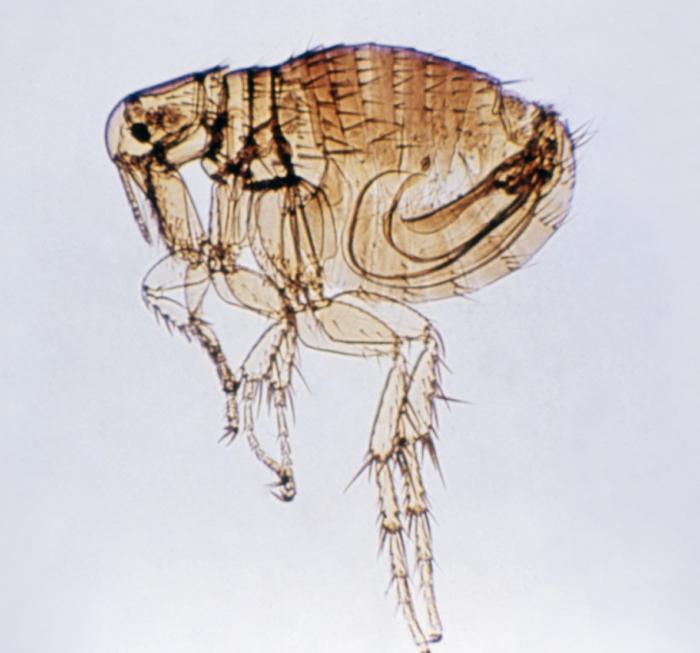Plague is endemic in Madagascar, with hundreds of cases reported annually. Plague season typically lasts from Sept to April each year and the 2017-2018 season was quite remarkable.

By the end of April 2018, some 2,671 cases of the plague had been recorded since the first case of the plague season was reported in August 2017, including at least 239 deaths.
The number of cases in the 2017-2018 season is at least six times the annual average of around 400 cases, the outbreak began earlier than usual, and the predominance of pneumonic plague in urban areas this season differs from the usual trend of bubonic plague in rural areas.
Since the official announcement of the containment of the urban pneumonic plague outbreak on 27 November 2017, 194 cases of plague, bubonic (60) and pneumonic (128), have been reported, including 23 deaths.
Madagascar can make plague epidemics a thing of the past: WHO Director-General
Plague is an infectious disease caused by the bacterium, Yersinia pestis. It is found inanimals throughout the world, most commonly rats but other rodents like ground squirrels, prairie dogs, chipmunks, rabbits and voles. Fleas typically serve as the vector of plague. Human cases have been linked to the domestic cats and dogs that brought infected fleas into the house.
People can also get infected through direct contact with an infected animal, through inhalation and in the case of pneumonic plague, person to person.
Yersinia pestis is treatable with antibiotics if started early enough.
Treat your snoring problem and get quiet sleep, guaranteed!
There are three forms of human plague; bubonic, septicemic and pneumonic.
Bubonic plague: This is the most common form. In this form, the bacteria enter the body through the bite of an infected flea or rodent. Here the bacteria infect the lymphatic system. After a few days to week, the person will experience fever, chills, weakness, and swollen lymph glands. These are called buboes.
Untreated bubonic plague is fatal about half the time.
Septicemic plague: This form is also contracted from a flea or rodent bite. Sometimes it appears subsequent to untreated bubonic or pneumonic plague. It involves bloodstream dissemination to all areas of the body. Buboes do not occur. Symptoms are endotoxic shock and disseminated intravascular coagulation. Untreated septicemic plague is nearly always fatal.
Pneumonic plague: Probably the most serious form of plague and it’s when the bacteria infect the lungs and cause pneumonia. It is contracted when the bacteria is inhaled (primary) or develops when bubonic or septicemic plague spreads to the lungs.
Pneumonic plague is contagious and can be transmitted person to person. It is highly communicable under appropriate climate conditions, overcrowding and cool temperatures. Untreated pneumonic plague is frequently fatal.


